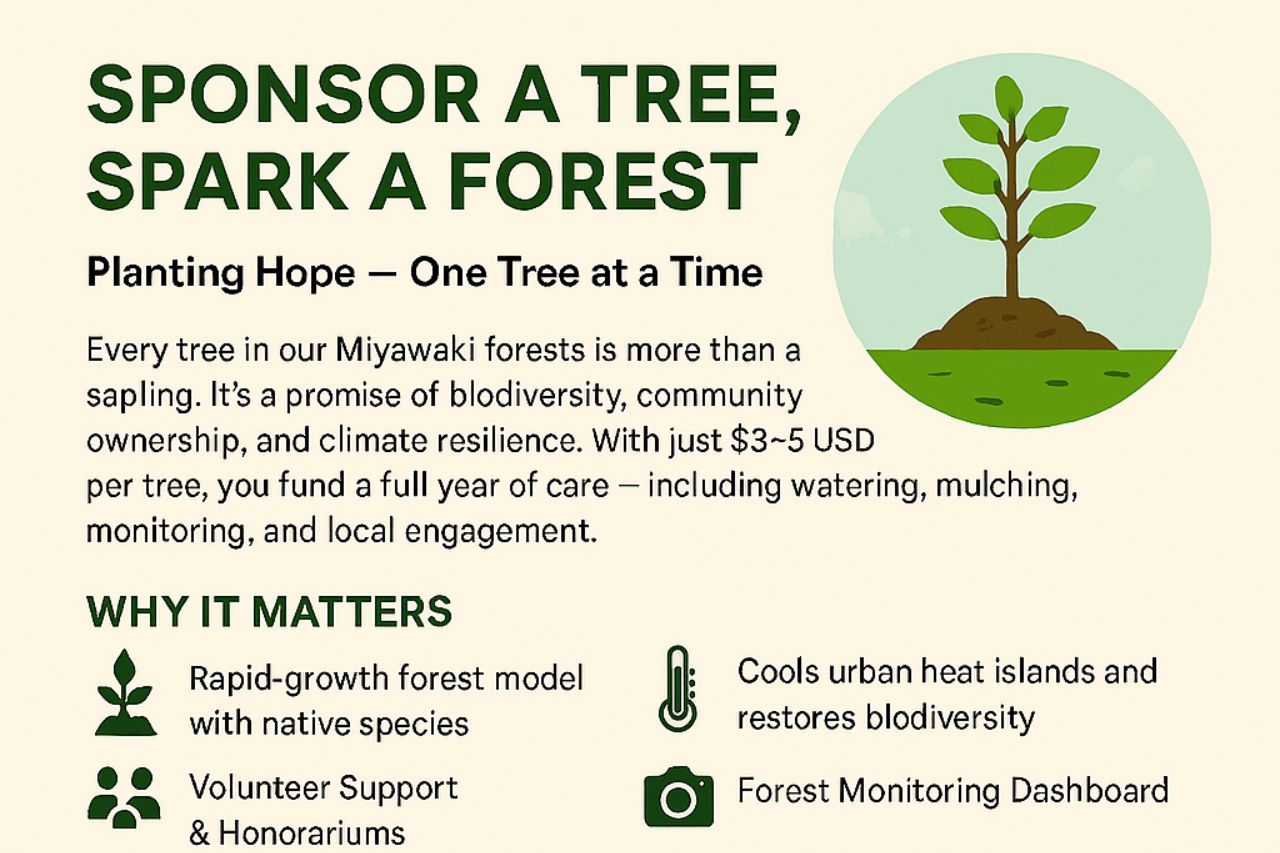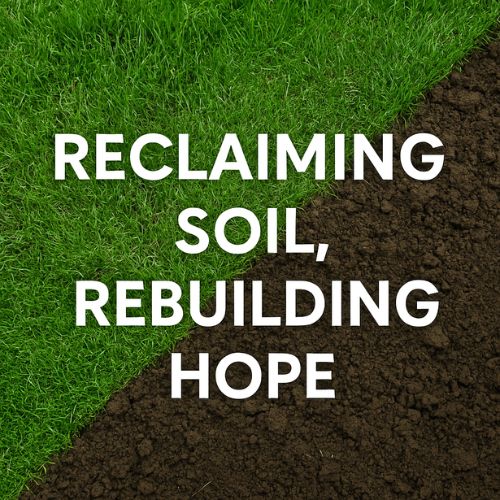
At Shajar Dost, we believe trees are more than just plants—they’re stories of hope, healing, and community impact. That’s why we’re launching a vibrant Miyawaki Forest at Phool Trauma Center, spread over more than an acre, using a rapid rewilding method that transforms vacant spaces into mini jungles.
🌳 What Is a Miyawaki Forest?
It’s an ultra-dense, fast-growing forest made with native plant species—created using the Japanese method by botanist Akira Miyawaki. In just a few years, these forests:
- Reduce temperature and absorb carbon
- Become a sanctuary for birds and pollinators
- Block noise and improve air quality in urban areas
💵 What Does $3 to $5 Actually Cover?
$3 Tree Sponsorship:
- Planting of your tree
- Initial watering and mulching
- Basic maintenance
$5 Tree Sponsorship (Premium Impact):
- Full maintenance and community engagement
- Photo updates and tracking via Donor Dashboard
- Digital certificate or donor badge
- Your tree tagged in your name
🌍 How to Get Involved
📱 Visit: www.ShajarDost.com 📧 Email: admin@shajardost.com 📍 Location: Phool Trauma Center, Punjab
Whether you’re an eco-lover, a student, a parent, or a business—your tree will be planted with care and tracked transparently.
🌿 Your Tree, Your Legacy
This isn’t just about planting saplings—it’s about planting stories. Every tree carries your name, your hope, your footprint in the fight for a greener Pakistan.
Join the forest. Be a Shajar Dost. Let’s heal the land, one tree at a time 💚

Step-by-step story of how one hospital acre became a thriving forest
Introduction
In the heart of a bustling city, where concrete dominates and green feels distant, a hospital in Lahore held a hidden opportunity — one acre of unused land. What began as a sterile patch of soil is now a living, breathing Miyawaki Forest, thanks to community support and ecological vision.
The Miyawaki Method – A Quick Primer
Developed by Japanese botanist Dr. Akira Miyawaki, this method involves:
- Planting native species densely and randomly
- Enhancing soil with organic compost and microbial boosters
- Creating multi-layered vegetation: canopy, sub-canopy, shrubs, and ground cover
- Zero chemical use — just nature doing its thing
This technique grows forests 10x faster and 30x denser than conventional methods2.
The Hospital Site – From Grey to Green
Before:
- 🏥 One acre of compacted soil behind the hospital
- 🚧 Surrounded by walls, minimal sunlight, no biodiversity
- 🧱 Used for waste dumping and occasional parking
After:
- 🌿 Over 3,000 native trees planted
- 🐝 Pollinators, birds, and insects returned
- 🌡️ Local temperature dropped by 2–3°C
- 🚶♀️ Patients and staff now walk, rest, and reflect in the shade
Step-by-Step Transformation
- Site Survey & Soil Testing
- Identified compaction, low microbial activity
- Added compost, cocopeat, and mycorrhizae
- Species Selection
- Neem, Amaltas, Sheesham, Kachnar, and Ber
- Chosen for biodiversity, shade, and cultural relevance
- Community Mobilization
- Volunteers from hospital staff, local schools, and NGOs
- Sapling sponsorships and planting drives
- Planting & Maintenance
- Planted in 1m² grids, 3–5 saplings per grid
- Watered manually for first 2 years, now self-sustaining
Impact on Urban Biodiversity
This forest is now a micro-ecosystem:
- 🐦 Hosts over 20 bird species
- 🐞 Insect diversity increased by 40%
- 🌼 Native flowering plants attract pollinators
- 🌳 Soil health improved — earthworms returned!
Call to Action
If one acre can become a forest, imagine what 100 acres could do.
Support our Urban Forest Expansion Plan — let’s turn hospitals into healing habitats.

How native tree planting restores soil health and community strength
Introduction
Global warming has damaged more than just air quality — it’s stripping the soil of its soul. In Pakistan, from Lahore’s urban stress to Faisalabad’s farming fatigue, our soil is crying out for healing.
The Soil Crisis
Decades of deforestation, construction, and chemical farming have compacted the earth, reduced organic content, and disturbed natural microbial life. This affects food security, water retention, and even local temperatures.
Our Approach – Native Trees, Natural Wisdom
At Shajar Dost, we use scientifically chosen native trees that regenerate soil organically. Species like Neem, Peepal, and Moringa revive nitrogen levels, promote microbial diversity, and form strong root networks.
In our pilot sites across Lahore, Bahawalpur, and Multan, we’ve seen:
- 🌿 23% increase in topsoil porosity
- 🌱 Reduced water runoff during monsoon
- 🐞 Return of earthworms and beneficial soil insects
Community Co-Creation
This isn’t just planting — it’s reclaiming. We engage local residents, school children, and city volunteers to take ownership of their soil. Every sapling is a seed of shared responsibility.
Call to Action
Soil isn’t dead. It’s dormant. Let’s wake it up.
Become a part of our Urban Soil Revival Program — from gulmohar-lined streets to food forests.


